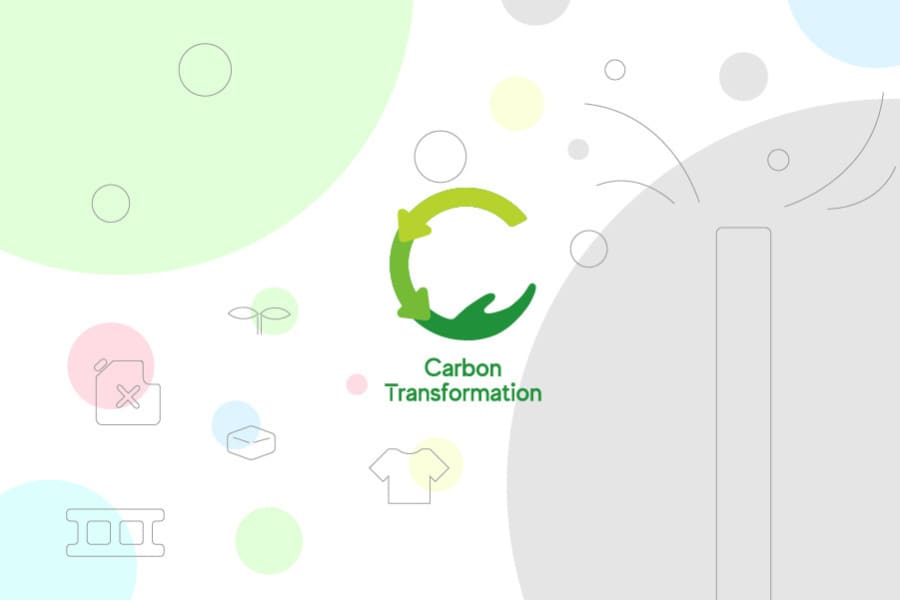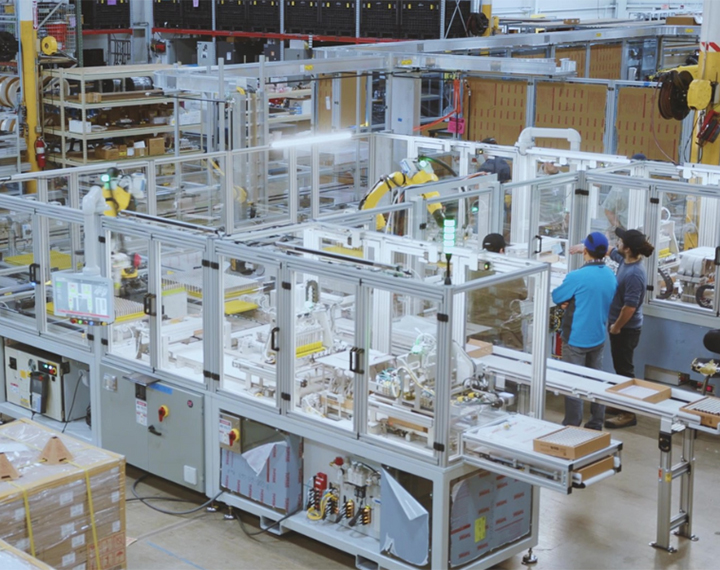Hitachi has unveiled the next generation of the OASIS™
A Simple Guide to COP29: Focus on Financial Support for Developing Countries

Against the backdrop of global warming and the urgent need for humanity to address climate change, an international conference called COP29 will be held in Baku in Azerbaijan in November 2024, to discuss measures to mitigate climate change.
Pavilions will be set up by participating countries, regions, and international organizations at the event. Hitachi will exhibit some of our sustainability initiatives in the Japan Pavilion organized by Japan's Ministry of the Environment.
The conference will bring together governments, businesses, research institutions, and environmental organizations from about 200 countries across the globe, but what exactly is COP? This article explains the basics, including its history and the themes and key points of this year's COP29.
The basics of COP

COP stands for "Conference of the Parties" and broadly refers to a meeting of countries and regions that have signed a treaty.
Perhaps the most well-known COP is the Conference of the Parties to the United Nations Framework Convention on Climate Change (UNFCCC), adopted in 1992. The ultimate goal of this convention is to stabilize the concentration of greenhouse gases in the atmosphere. At each COP, international rules are established toward achieving this goal.
The 29th COP, COP29, will be held in Baku, the capital of Azerbaijan, from November 11 to November 22, 2024. A major theme of COP29 will be financial support for developing countries.
History and key points of COP

The COP of the UNFCCC has been held almost every year since the first COP (COP1) took place in Berlin, Germany, in 1995.
Among the past 28 COPs, COP21 in Paris, France, in 2015, can be considered a particularly significant milestone.
The Paris Agreement adopted at COP21 set a common long-term global goal to “hold the increase in the global average temperature to well below 2°C above pre-industrial levels and pursue efforts to limit the temperature increase to 1.5°C above pre-industrial levels.” This goal, in two parts, is referred to as the "2°C target" and the "1.5°C target".
Following this, concern grew that the difference between the 2°C and 1.5°C targets could have a significant impact on the degree of climate change in the future.
In response, the “Glasgow Climate Pact” was adopted at COP26 in Glasgow, UK in 2021. This pact clearly states the goal “to pursue efforts to limit the temperature increase to 1.5°C.”
The global stocktake, the focus of the last COP, COP28

At the last COP28, the global stocktake (GST) was conducted for the first time to assess the status of each country's efforts to reduce greenhouse gas emissions.
The Paris Agreement stipulates that each country must set its own greenhouse gas reduction targets. These targets are called "Nationally Determined Contributions" (NDCs), and the GST is the mechanism used to analyze and assess the progress of NDCs to see how well each country is achieving these targets.
At COP28, where the first GST was conducted, it was confirmed (as previously suspected) that the efforts of countries are not on track to meet the "1.5°C target". It was also pointed out that further action and support are needed to achieve the 1.5°C target.
Furthermore, even if the current NDCs of the parties were to be achieved in all countries and regions, it was projected that global temperatures would rise by 2.1 to 2.8°C by the year 2100.
NDCs are reviewed every five years. It is a mechanism to revise their content so that the global community stays on track to achieve the 1.5°C target. The next NDC submission deadline is February 2025, and it is important that each country and region set more-ambitious NDCs to achieve the 1.5°C target based on the results of the GST at COP28.
Financial support: The major theme at COP29

To set ambitious NDCs and make the goal a reality, a commensurate amount of funding is of course required. Developing countries in particular need financial support from developed countries. Conversely, without sufficient climate funding from developed countries, it will be difficult for developing countries to aggressively work toward reducing greenhouse gas emissions.
Let’s take a look back at the history of climate funding.
Firstly, developed countries agreed to contribute $100 billion annually to developing countries by 2020 at COP15 in Denmark in 2009. Subsequently, this goal was pushed back to 2025. The $100 billion annual contribution was finally achieved in 2022, when $115.9 billion was provided to developing countries.
However, according to a report by the UNFCCC secretariat, $6 trillion will be needed by developing countries by 2030 to achieve their NDCs, so $100 billion per year in climate funding is extremely lacking.
At this year’s COP29, the NCQG, a new financial support target for 2025 onward, is expected to be finalized.
Consultations and coordination have already begun in preparation for a decision at COP29, but the divide between developed and developing countries is deep and difficult to overcome. This was clear at the climate change meeting held in Bonn, Germany, in June 2024, five months before COP29.
At this climate change meeting, developing countries asked for an expansion of climate funding and an increase in grants. However, developed countries proposed that certain developing countries be included as contributors to climate funding, without mentioning specific amounts of funding. Negotiations made no progress, highlighting the difficulty of the discussions.
What kind of framework can be created to overcome conflicts? COP29 will be important for the future of climate change mitigation measures.
Hitachi to exhibit at COP29
Hitachi plans to showcase an interactive exhibit at the Japan Pavilion of COP29, set up by the Ministry of the Environment, Government of Japan. The focus of the exhibit is on adapting to the increase of extreme weather events caused by climate change and the resulting damage. To this end, Hitachi introduces solutions that contribute to the realization of a resilient, decarbonized society that is adapted to disaster risks.
One of the solutions is flood simulation technology, which can predict areal flooding changes in 10-minute increments for up to six hours into the future based on rainfall forecast data and actual river water levels. It aims to counter the increasing risk of climate-change-related flood damage and support evacuation and emergency action plans as well as river-basin flood control. At the exhibition, a combination of a physical city model and a flood simulation video lets visitors experience flood-related risks.

Another exhibit will provide visitors with the innovative experience of a data center ecosystem that can flexibly adapt to electricity supply and demand changes through a Hitachi solution called “Distributed Control of Data Center Workload.” Recently, demand for electricity in data centers is rapidly increasing due to the expansion of generative AI. By shifting the workload of data centers between different areas in response to adjustment requests from the power grid system, the technology can support more efficient use of surpluses from renewable energy sources, such as solar power, thereby mitigating the problem of excess electricity going to waste.

By attending COP29, Hitachi aims to interact with varied stakeholders to understand the latest trends and opinions around climate action and continue to offer innovations that meet customer needs.



